-
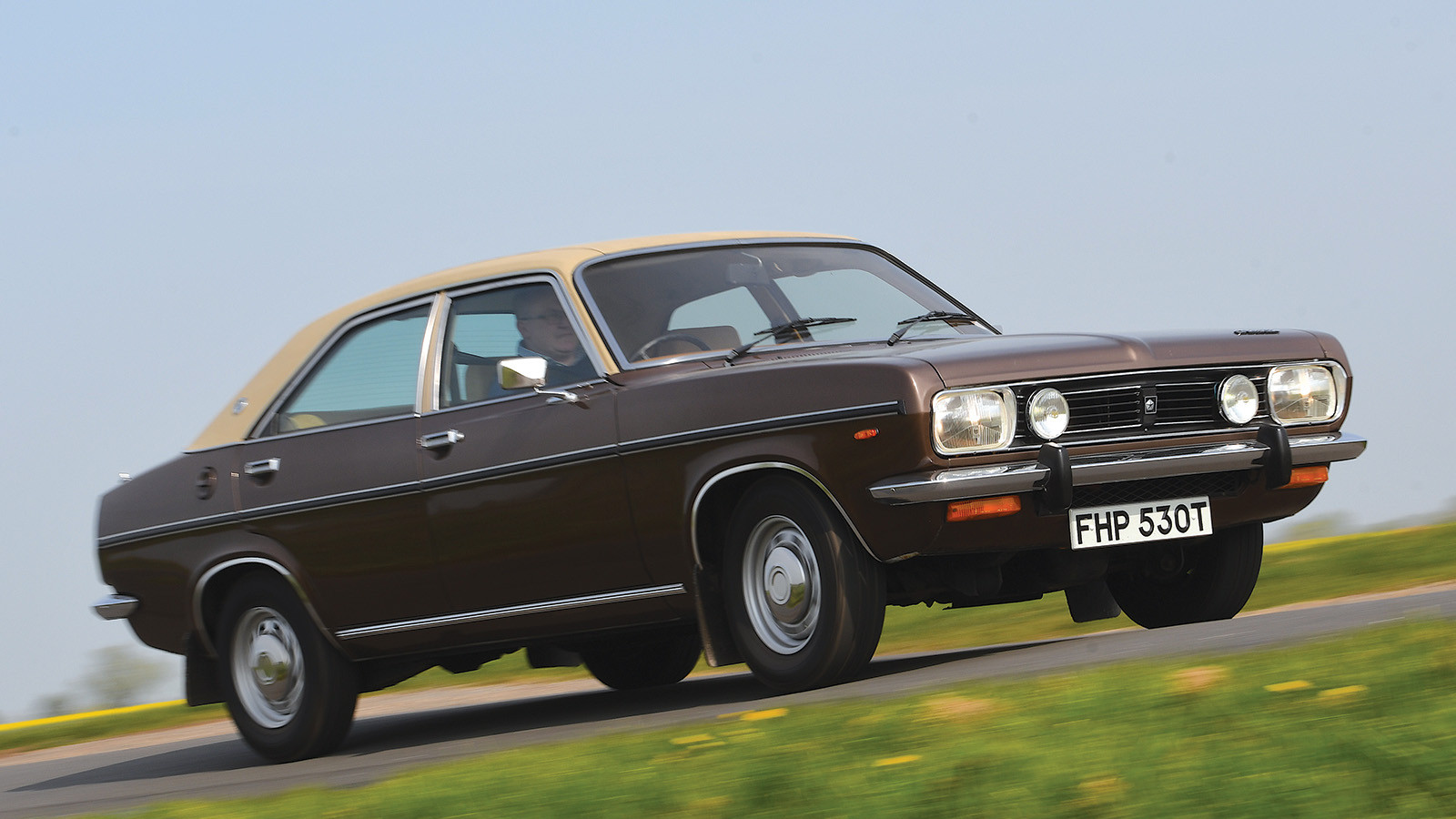 © John Bradshaw/Classic & Sports Car
© John Bradshaw/Classic & Sports Car -
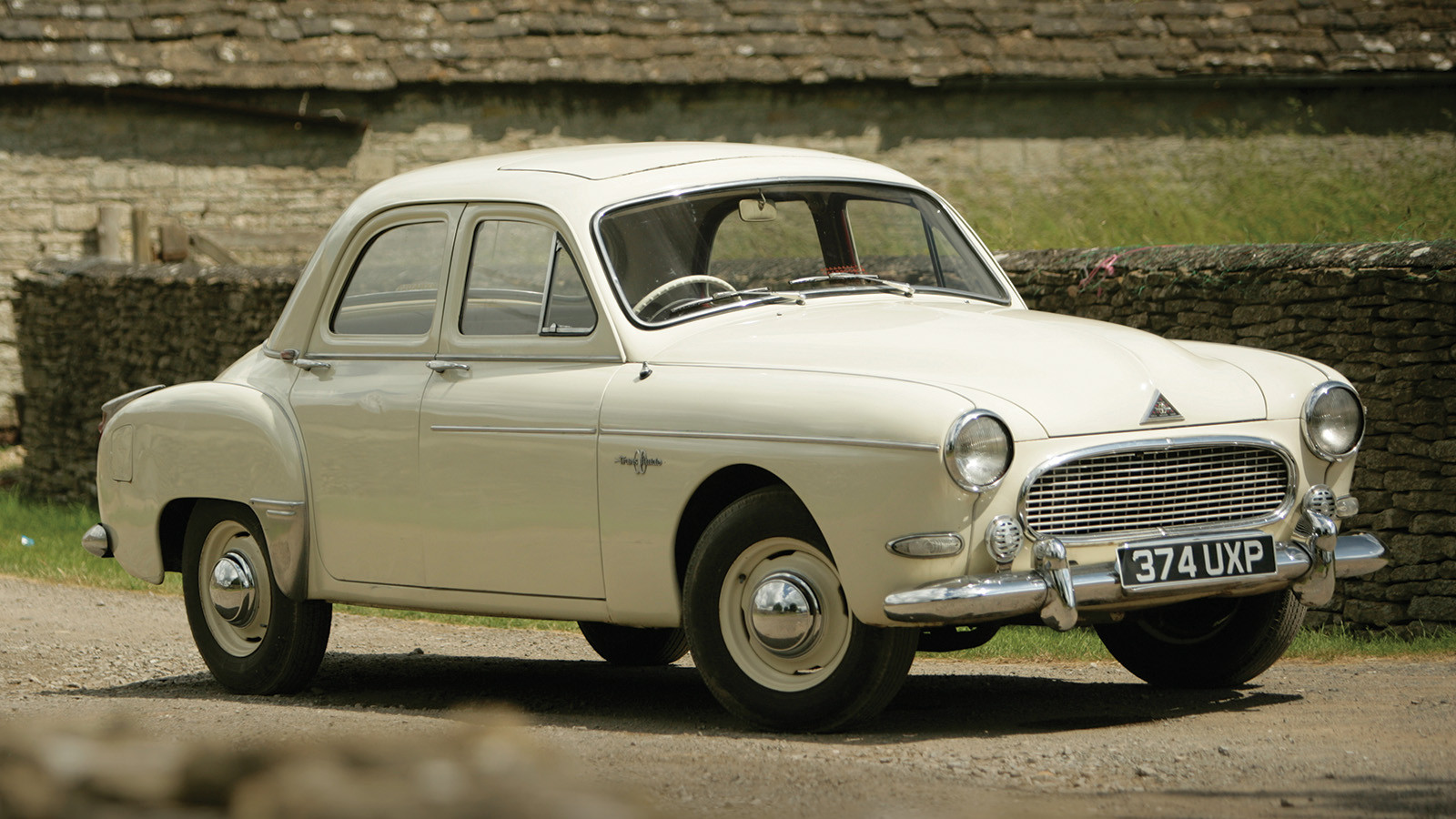 © Classic & Sports Car
© Classic & Sports Car -
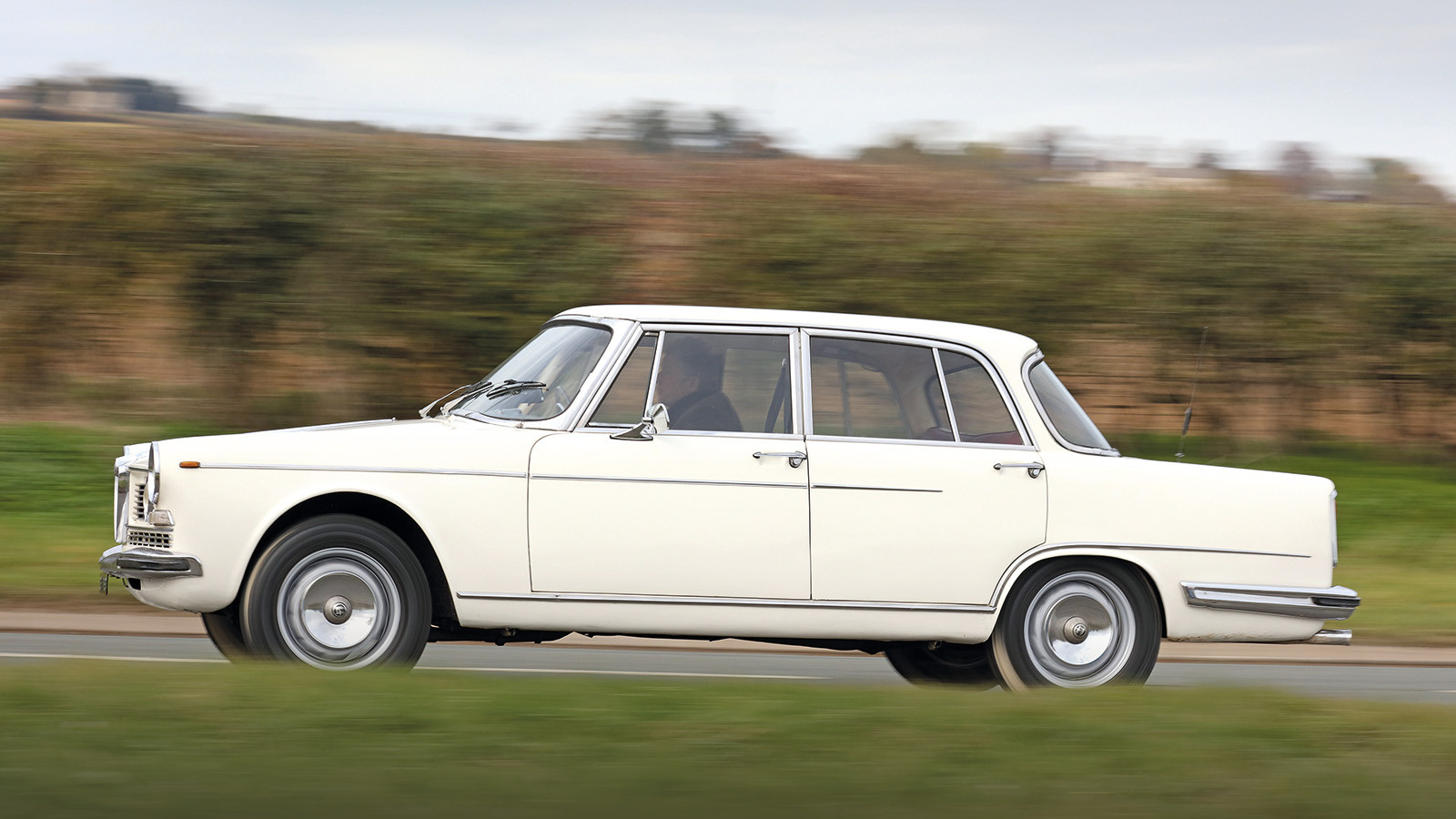 © Classic & Sports Car
© Classic & Sports Car -
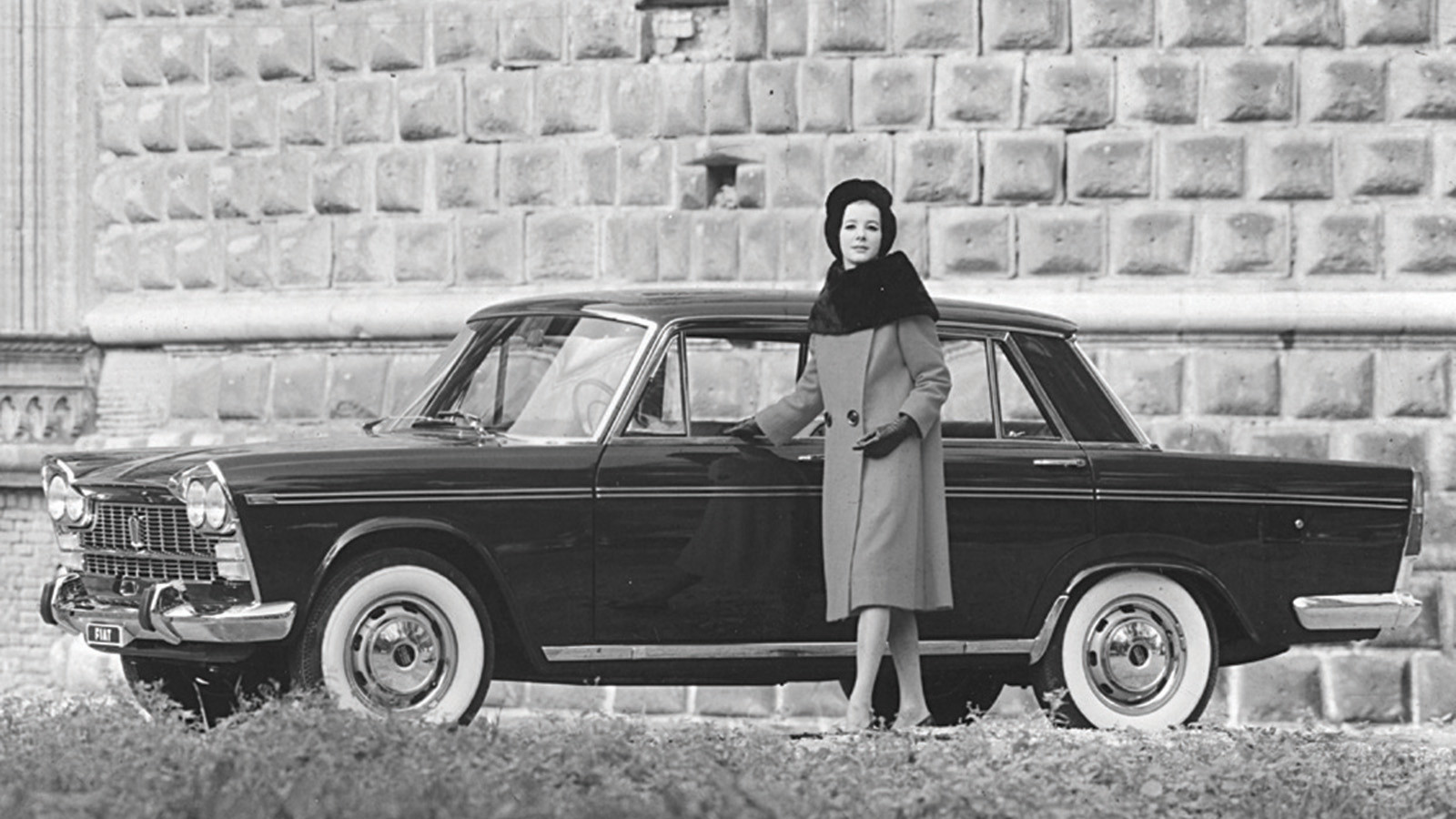 © Fiat
© Fiat -
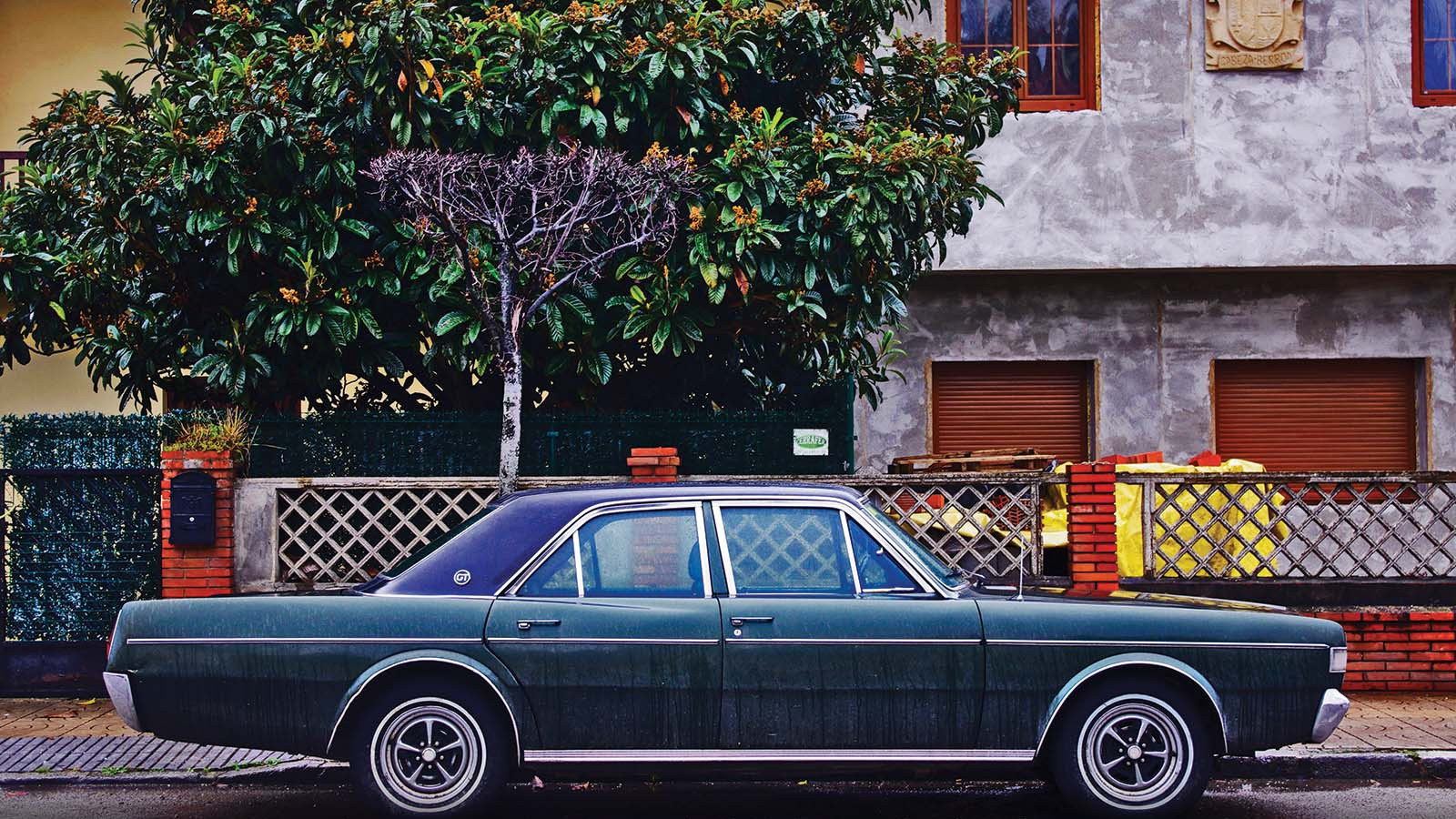 © Spanish Coches
© Spanish Coches -
 © Getty
© Getty -
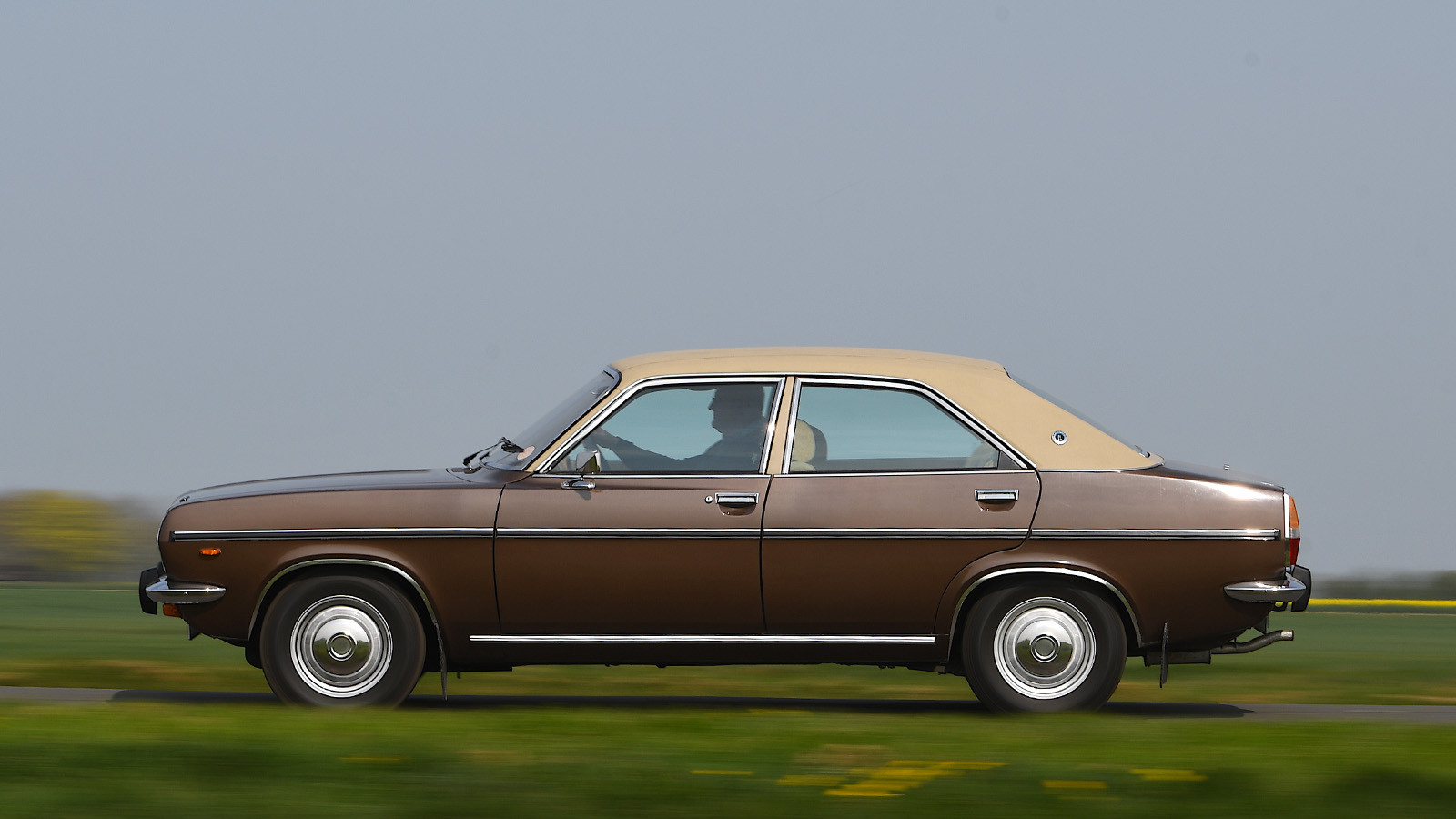 © John Bradshaw/Classic & Sports Car
© John Bradshaw/Classic & Sports Car -
 © Classic & Sports Car
© Classic & Sports Car -
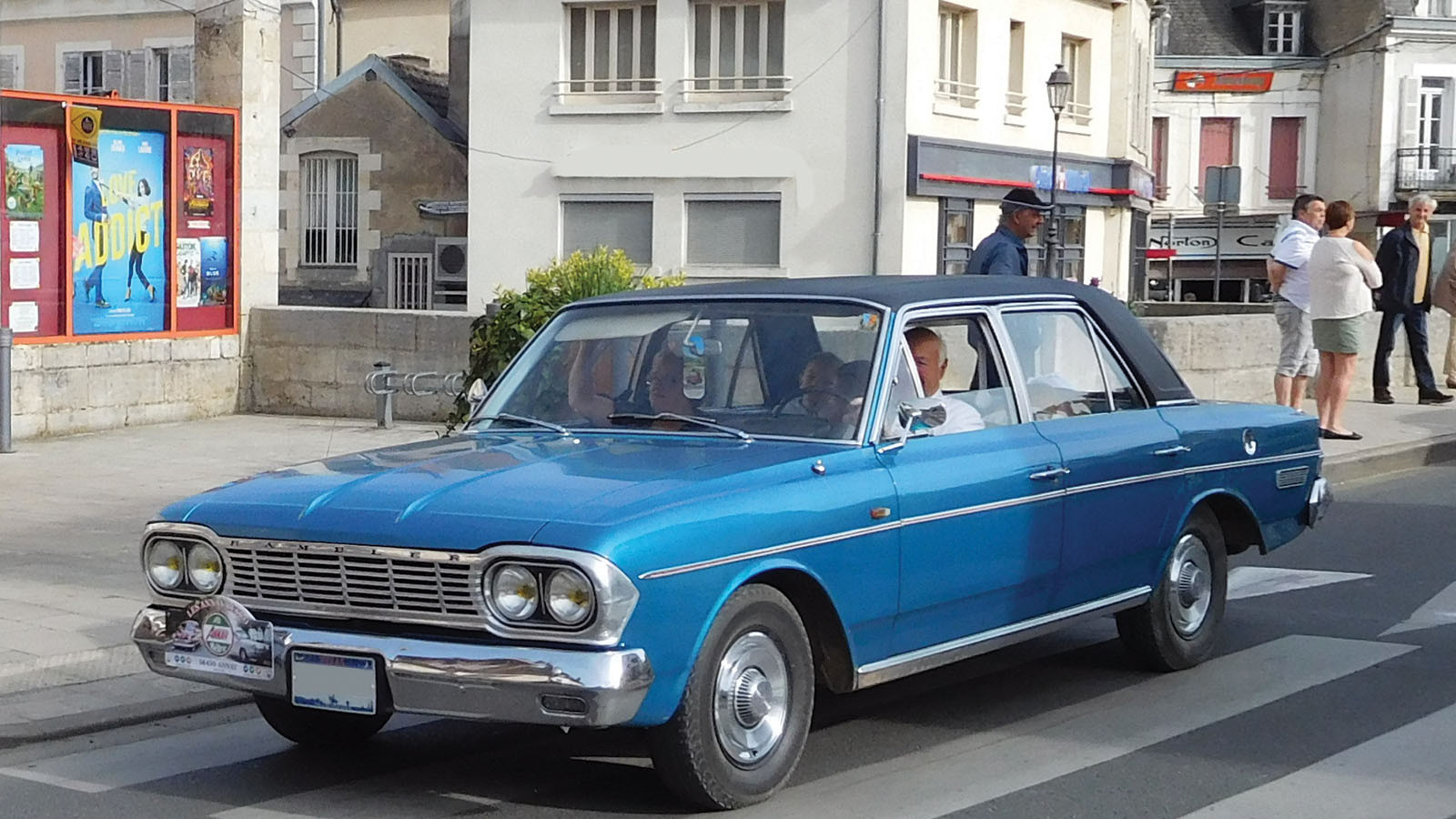 © CJP24
© CJP24 -
 © BMW
© BMW -
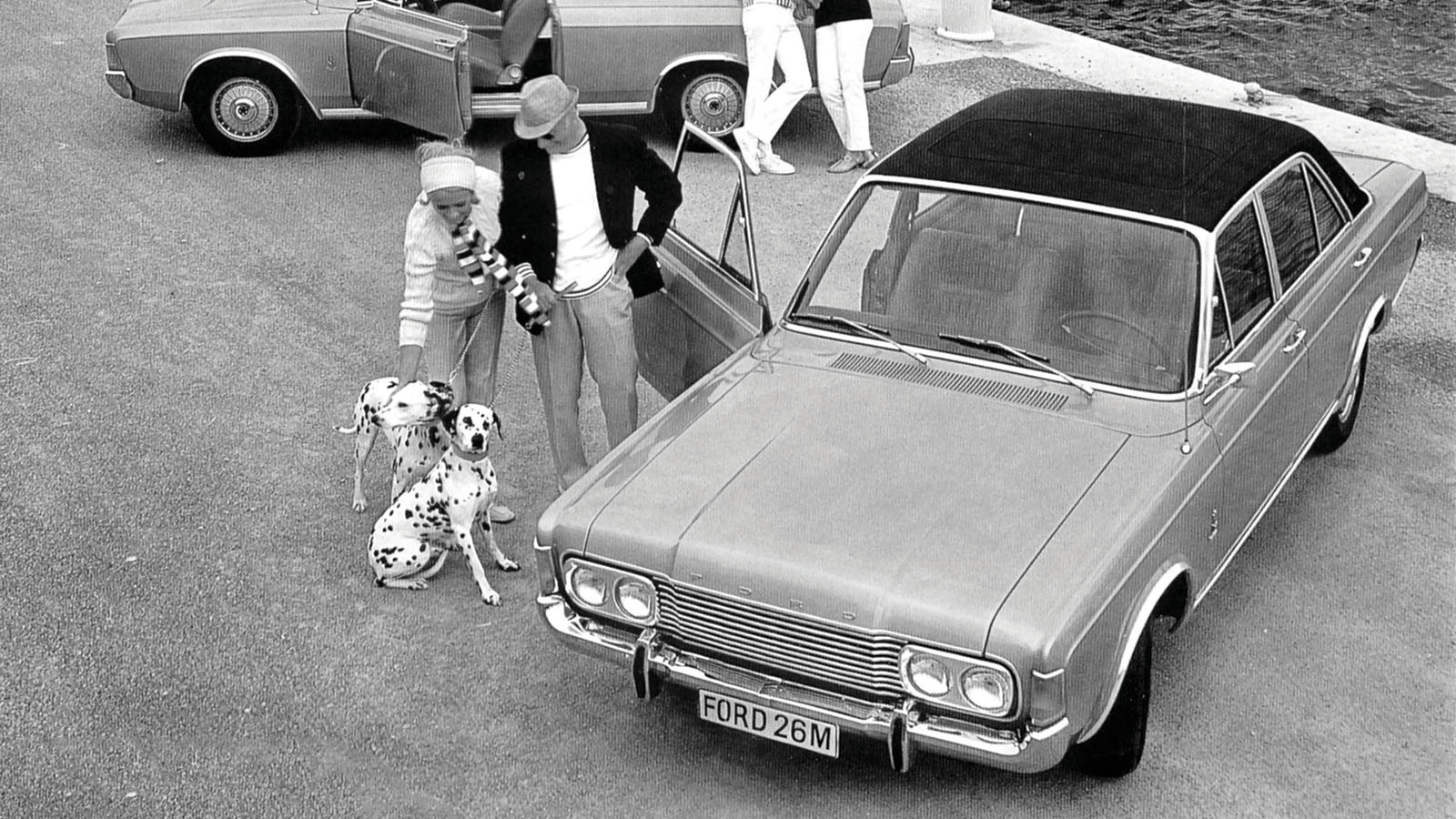 © Haymarket Archive
© Haymarket Archive
-
Long-lost Continental flagships
If you were in any doubt that taste and discrimination have long since left the building when it comes to the modern car buyer (or lessee), you only have to look at the unstoppable rise of the SUV.
Who’d have guessed that people would happily drive around in cars that look as if they’ve suffered accident damage before they have had an actual prang?
We can only pine for the simpler times the great and now largely forgotten three-volume barges of Europe inhabited.
This type of car is an endangered species in 2024, but in the 1950s, ’60s and early ’70s there was a near-insatiable appetite for plush, imposing four-doors that prioritised comfort and style over any notion of sportiness.
Even humble marques felt justified in trying their hand in the prestige saloon stakes, where the profit margins were higher, the design challenges often less exacting and the reflected glory more rewarding.
In Britain, Triumph and Rover showed how to pack status into sensible, advanced shells.
Continental makers were more cautious, yet there was a market for better-value big cars at a time when brand snobbery was less acute.
Corporate and national pride were at stake: what would the chair – or le président – drive if the local marque failed to offer a car large and pompous enough to impress?
-
1. Renault Frégate (1951-’60)
It is hard to believe the usually astute Renault created these blundering and unappealing big six-seaters.
Focused on taking the fight to Citroën’s ageing Traction Avant, the Frégate was powered by a 55bhp 2-litre ohv ‘four’, later uprated to 2.1 litres.
Production was slow to gain momentum, and even once up to speed sales were moderate over a nine-season run, despite the introduction of a station wagon, an entry-level model and a luxury semi-auto.
The two-pedal Grand Pavois had a Transfluide three-speed gearchange that incorporated a torque converter and pneumatic clutch operation.
It was good for an 80mph top speed, but 0-60mph was timed at a glacial 29 secs.
The trailing-arm independent rear did not endow the Frégate with the expected good ride and, with five turns from lock to lock, it was anything but nimble.
Some right-hand-drive cars came to the UK, but at £1400 (the same as a MkVIII Jag) takers were few; Renault didn’t make a true replacement until the R20 and R30 of the mid-’70s.
Anorak fact The Frégate was originally conceived as a rear-engined design, but changed to a conventional layout late in proceedings
-
2. Alfa Romeo 2000/2600 Berlina (1958-’68)
Highly taxed Italian buyers were cautious of the displays of wealth big cars represented, so the failure of these large Alfa Romeos is probably as much down to local legislation and attitudes than to the cars themselves.
Visually dated even in 1958, the 2000 was a restyled 1900 saloon that, with its column gearchange, bench seat and gaudy chrome, couldn’t decide to which market it was trying to appeal.
With sharper (Bertone-tweaked) lines and a floor change, the 2600 of 1962 addressed this to a certain extent, but it is strange to think you could still buy one in 1968 – when the last of just over 2000 examples was sold.
Most 2600 Berlinas appeared doomed to end their days being destroyed in early ’70s Euro-gangster films: watch The Mechanic if you want to see one in action before bursting into flames.
They had pleasing engines and gearboxes in each case, and both versions were good for more than the ton – but always rather under-geared and soft, yet also hefty to manoeuvre with no power-steering or automatic options.
In truth, these large Alfa Romeos struggled to do anything better than the smaller 1300 and 1600 saloon models (particularly after the 105-series Giulia had arrived) and they were handsomely outsold by Bertone’s 2600 Sprint coupé.
Italian big-car buyers tended to favour foreign prestige cars over home-grown ones, and even the costlier Lancia Flaminia Berlina sold almost half as many again.
Anorak fact The big Alfa went on to have a second career in South America as the Brazilian-built FNM 2000 and FNM 2150, the latter produced until 1974
-
3. Fiat 2300 (1961-’68)
The failure of Alfa’s 2600 was further assured in 1959 by Fiat’s appearance in the six-cylinder market with the 2100, updated to the 2300 in 1961 with leaf springs replacing coils at the rear, quad headlights and four-wheel discs.
The crisp styling looked like Farina’s work but was in-house; Aurelio Lampredi, late of Ferrari, did the sweet, powerful engines.
Roomy, nicely trimmed and finished in the typically severe and practical manner of ’60s Italian cars, the 100mph-plus 2300 had a huge boot and even came as a posh estate, much loved by the horsey set in the UK.
It was an unwieldy drive, its ponderous if safe behaviour hard to reconcile with the athletic 2300S Coupé that shared its underpinnings.
Unlike Alfa Romeo, Turin understood that an automatic would make its flagship a wider circle of friends, albeit rather late in the day.
Anorak fact There were 2100 and 2300 Speciales with a longer wheelbase, luxury trim and a different grille, mainly for government and diplomatic use
-
4. Chrysler España 3700 (1971-’77)
If you visited Spain in the 1960s, you might recall seeing locally made Dodge Darts.
They were the conception of entrepreneur Eduardo Barreiros, who saw a market for a six-cylinder car assembled from knock-down kits to avoid Franco’s protectionist tariffs.
The Dart 3700 used a slant-six in a ’65 body, with three-speed GL/GLE models and a four-speed, 165bhp GT.
The largest cars built in Spain, they were favoured by government officials but too costly for most private buyers.
Barreiros’ dream of 20,000 sales a year didn’t materialise, and he sold out to Chrysler in 1970.
The ’71 Chrysler España Dodge 3700GT was a modified Argentinian Coronet; the first Spanish-built car with an auto ’box, it sold in modest quantities but the second Fuel Crisis, its association with the Franco regime and the wider availability of imported luxury cars killed it off.
Anorak fact Attempts to sell a 77mph diesel (with Simca 1000 tail-lights) to taxi drivers did not find many takers, despite a low price and ultra-basic spec
-
5. Simca Vedette Présidence (1959-’61)
This upmarket version of the Vedette grew from Simca’s late-’50s frustration with Citroën dominance of the presidential car fleet.
Two- and four-door convertible versions of the Présidence were delivered to the Élysée Palace as parade cars, but for more general ministerial and executive use, 1570 special hand-finished and trimmed Vedettes were offered, with extra chrome, black paint and the choice of reclining front seats or division.
West of England or ‘Pullman’ cloth was used throughout the interior, the dashboard was leather-clad and there was a radio, heated rear ’screen and pushbutton Rush-matic automatic ’box.
The powertrain was otherwise standard, with 84bhp from a 2.4-litre flathead V8 that had its origins in pre-war Ford technology: Simca had taken over the French Ford operation at Poissy in 1954.
A deeper rear bumper, with Facel-like twin exhausts, accommodated the Lincoln Continental-style externally mounted spare on the Présidence, which cost twice as much as the lowlier Chambord.
This barge also lived out its sunset years in Brazil, where a further 848 Présidence flagships were built.
Anorak fact The Présidence was the first car in Europe to offer the option of a radio phone
-
6. Chrysler 180/2 Litre (1970-’82)
Designed in Britain and built in France, the 180 and 2 Litre were not a good advert for the benefits of the new spirit of European co-operation.
This committee-designed compromise pleased nobody, least of all potential customers – or Simca, which had been busy designing its own big car for the ’70s until its new American bosses insisted on rationalising its plans.
Big sibling to the Hillman Avenger, it looked like a mini version of a full-sized American Chrysler, which was no surprise because it was styled by an ex-Chrysler Detroit employee.
It was hard to point to any real shortcomings on paper: there was a modern, all-aluminium, overhead-camshaft engine, a well-located live rear axle, decent brakes and a specification that on the 1971-on 2 Litre included cloth trim, a rev counter and a vinyl roof.
It wasn’t even especially slow, with a 102mph top speed and 0-60mph in 11 secs, yet with heavy steering and sluggish low-speed pull it left drivers with an impression of a machine that just lacked any form of sparkle or authority.
In Spain, the 180 and 2 Litre were commonly used as taxis. They were even built there, and hung on in diesel form until 1982.
French buyers comprehensively ignored the car – Simca even found the need to briefly reinstate the old 1601 as its top model – but sales continued to 1980.
Anorak fact On the French market, the model was sold as the Chrysler Simca 1609/1610/2 Litre and badged as a Talbot for its final season
-
7. Opel Diplomat (1964-’77)
This big Opel was a car with layers of technical sophistication that should have made it a credible alternative to the S-Class Mercedes-Benz saloons that dominated the European market.
Never imported to the UK, the 1964-’68 Diplomat A was arguably prettier and came in coupé as well as saloon forms.
The Diplomat B from 1969 was only a saloon and had a chunkier look, with a fat C-pillar and Mercedes-like stacked headlamps to differentiate it from lesser Kapitan/Admiral variants.
Earlier Diplomats came exclusively with the imported Chevelle small-block V8, but there was the option of an injected straight-six in the later body.
The V8 gave the top Diplomat 5.4 a unique personality among big European series-production cars: American V8s were commonplace in specialist GTs, but the Opel was the only large-volume saloon to use one.
Under the skin the Diplomat featured as standard expensively engineered, self-levelling de Dion rear suspension, four-wheel discs, power steering and an auto ’box.
Anorak fact The two-door coupé version of the Diplomat A was made to the tune of 347 examples by coachbuilder Karmann of Osnabrück
-
8. Renault Rambler (1962-’67)
Looking to replace the Frégate, and take on the Citroën DS and Peugeot 404, Renault offered a Belgian-assembled version of the Rambler Classic.
Like the Spanish-made Chryslers, these solid (if unexciting) Ramblers were produced all over South America, Australia and New Zealand.
A deal was signed with nationalised Renault in November ’61, beginning an association with American Motors that led to the French taking a major shareholding in the early ’80s, before selling to Chrysler in 1988.
Knock-down kits were shipped to Europe, where its restrained looks and compact dimensions were thought suitable, and most had 3.2-litre, 128bhp straight-sixes.
However, when tariffs on imported German luxury cars were due to be lifted in 1968, Renault knew the game was up for its American interloper and it was in effect replaced by the 16TS.
Anorak fact Renault tried to tempt de Gaulle into a modified presidential Rambler built by Chapron
-
9. BMW 3200 (1961-’63)
Powered by the aluminium V8 made famous in the 507, the 3200 was the last hurrah for the bulbous post-war ‘Baroque Angel’, first seen in 1951 as the six-cylinder 501 then the 2.6-litre V8 502 from ’54.
The shape and general layout of the chassis, with its box/tubular-section members and torsion-bar springing, had the air of something once removed from what BMW might have come up with c1945.
With the larger 3.2-litre V8 in 140bhp Super form (from 1957), these were Germany’s fastest saloons and featured disc front brakes.
In ’61 the range was split into the 140bhp 3200L (luxus) and 160bhp 3200S, good for 118mph and 0-60mph in 13.5 secs – both pleasant but rare cars, as buyers turned to the Modernist charms of the Neue Klasse 1500s.
Meanwhile, safety legislation was about to outlaw the rear-hinged back doors of the Baroque Angel, and there would be no large BMW to replace the 3200 until the 2500/2800 E3 range of 1968.
Anorak fact The engine and chassis of the 3200 lived on in the Bertone-bodied 3200 CS coupé
-
10. Ford Taunus 26M (1969-’71)
While Dagenham had the Zodiac MkIV, the nearest Cologne got to barge-like decadence was the 26M, sold in tiny numbers in the UK by Lincoln Cars on the Great West Road alongside the latest Galaxies, Thunderbirds and Continentals.
Longer and wider than the previous Taunus models, the 1967 cars misjudged the mood of buyers and were hastily restyled to look more European after a season.
The 26M, with its power steering, automatic ’box and sunroof, came as a four-door saloon or a two-door coupé and could be identified by its quad headlamps and vinyl top.
Powered by a 125bhp 2.6-litre V6, it was an attempt to attract buyers who might otherwise have chosen one of the cheaper Mercedes saloons, but Ford’s reluctance to give up on leaf springs and a solid rear axle did not impress the technically savvy Germans.
Anorak fact The 26M was nearly 4in longer than the Consul/Granada that replaced it in ’71
